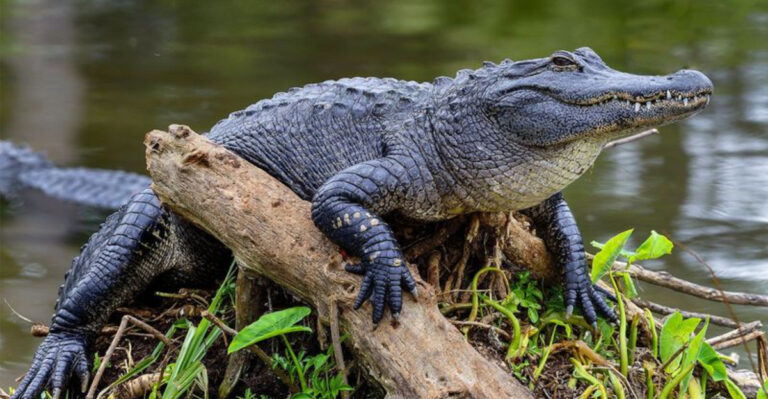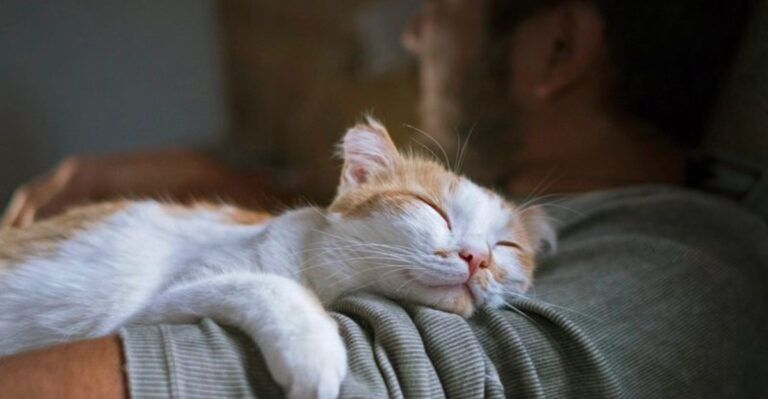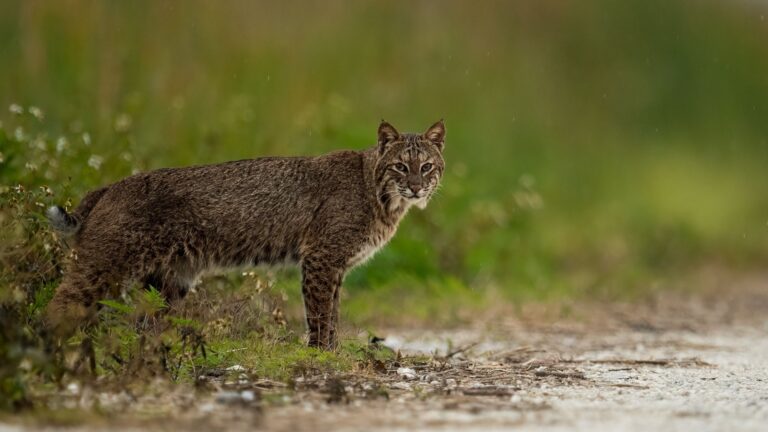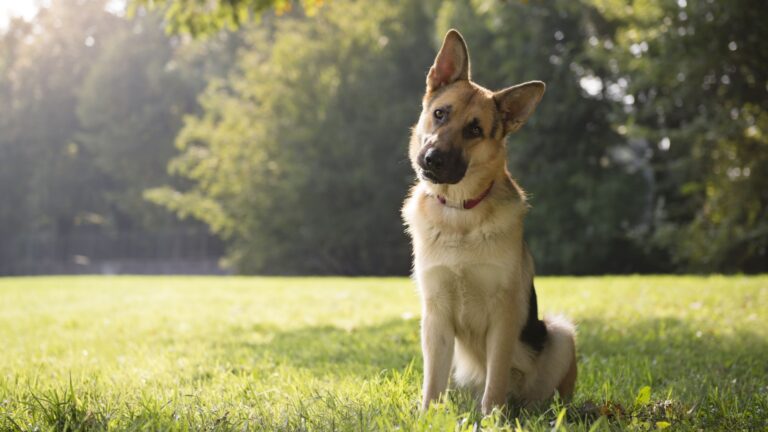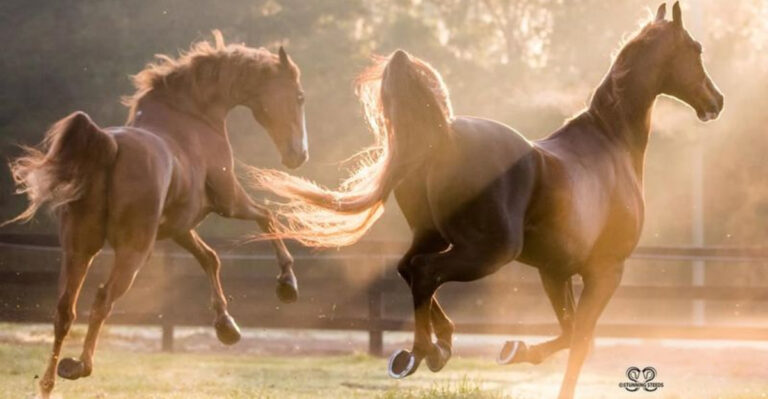12 Bold Animals That Rule Without Fear Of Predators (And 3 That Are More Cautious)
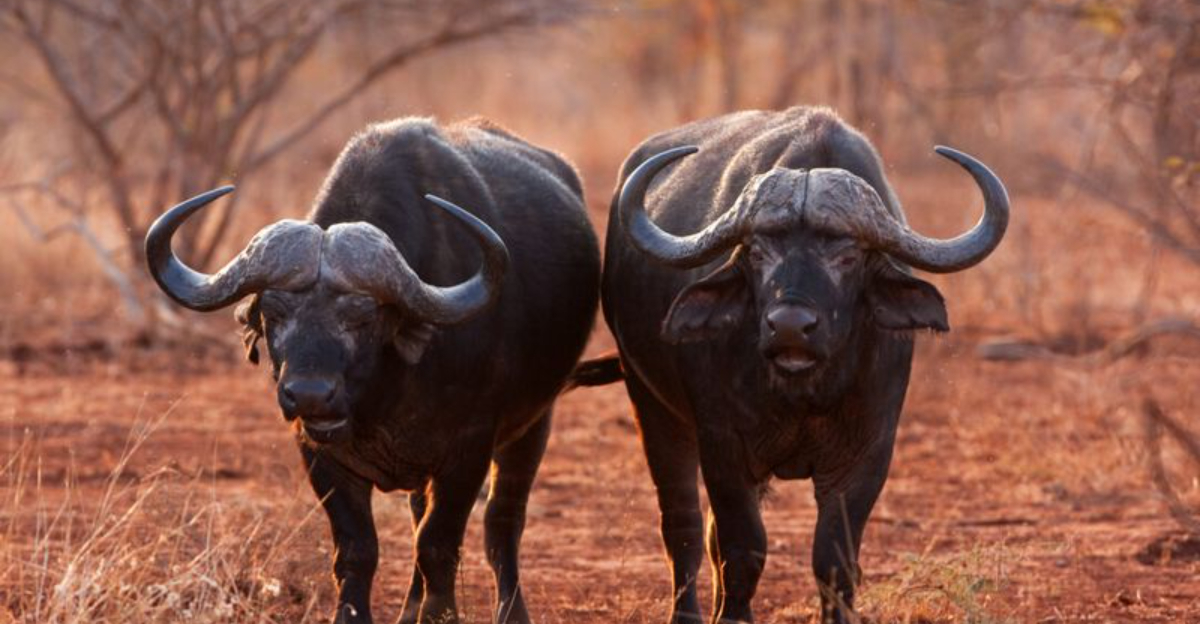
In the wild kingdom, some animals strut with confidence while others tread carefully. Certain creatures have evolved impressive defenses or grown so large they face virtually no threats.
Let’s explore the fascinating world of animals that dominate their habitats without fear, alongside a few that remain vigilant despite their strengths.
1. African Elephant
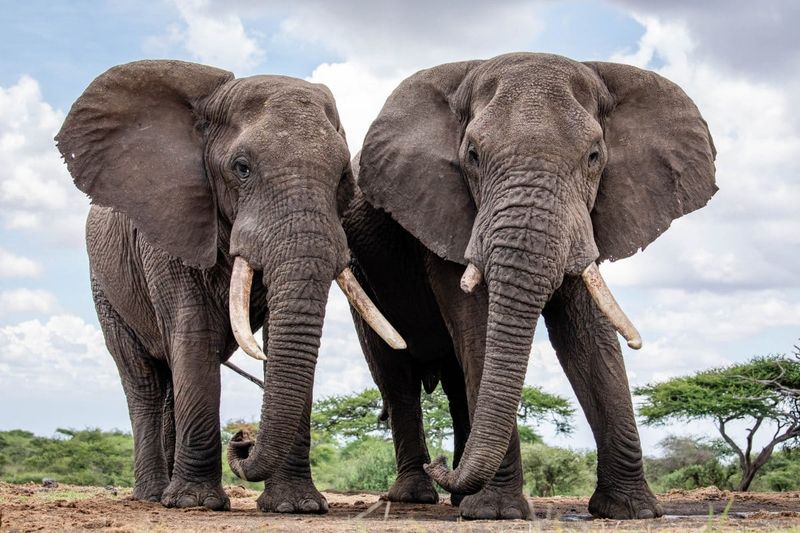
Standing tall at up to 13 feet, these massive mammals have little to worry about from predators. Their thick skin acts like natural armor, while those impressive tusks serve as powerful weapons when needed.
Even lions think twice before approaching a full-grown elephant. The herd’s protective nature means any threat to calves receives swift attention from the entire group.
2. Honey Badger
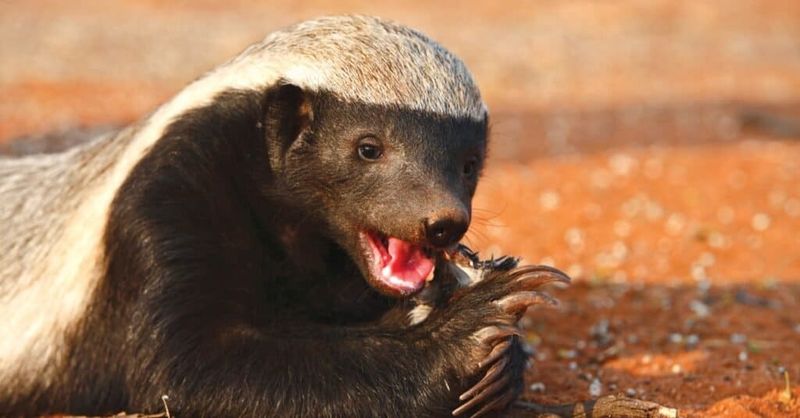
Famous for their incredible tenacity, honey badgers earned their reputation by taking on venomous snakes and beehives without hesitation. Their loose, thick skin allows them to twist around and bite attackers even when caught.
Most predators avoid these feisty creatures after learning the hard way. Their bodies even produce some resistance to snake venom!
3. Hippopotamus
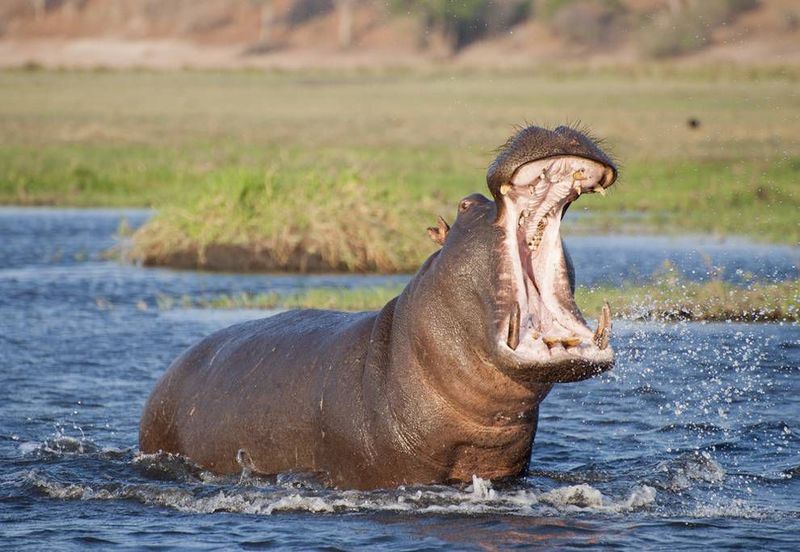
Behind that yawn lies one of Africa’s deadliest animals. Hippos cause more human fatalities than lions and have jaws powerful enough to snap a crocodile in half.
Few creatures dare challenge these water giants. Territorial and aggressive, they move with surprising speed despite weighing up to 4,000 pounds, charging at anything they perceive as threatening.
4. Killer Whale
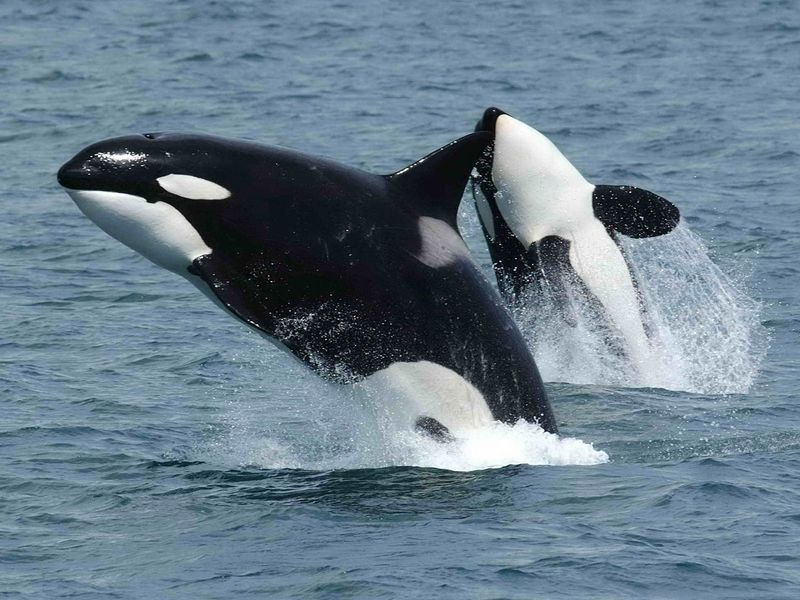
At the top of the marine food chain, orcas fear absolutely nothing in the ocean. These intelligent hunters take down great white sharks, seals, and even blue whales when hunting in pods.
Their sophisticated hunting techniques include creating waves to wash seals off ice floes. With no natural predators, orcas truly rule the seas with their remarkable intelligence and strength.
5. Rhinoceros
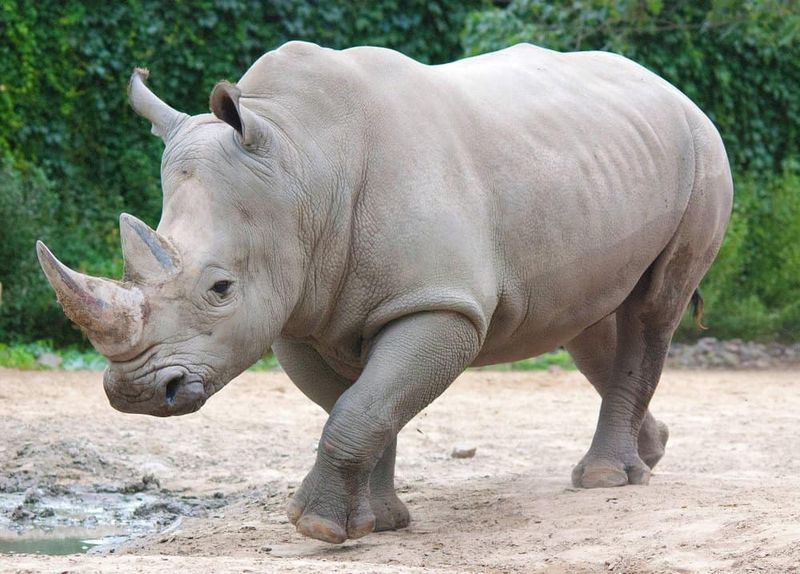
Covered in thick, armor-like hide with a formidable horn up front, rhinos charge first and ask questions never. Adult rhinos have virtually no natural predators except humans.
Their poor eyesight is compensated by excellent hearing and smell. When threatened, they can reach speeds of 35 mph, turning their massive bodies into unstoppable battering rams against any foolish challenger.
6. Wolverine
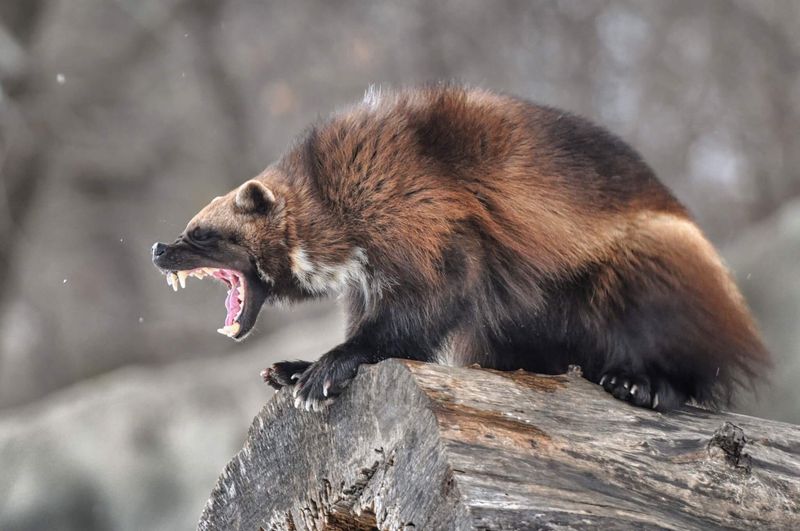
Looking like a small bear but related to weasels, wolverines punch way above their weight class. They’ve been documented stealing kills from wolves and bears through sheer aggression and determination.
Their powerful jaws can crunch through frozen meat and bone. With specially adapted paws for snow travel and virtually no fear, these solitary hunters command respect throughout northern forests.
7. Komodo Dragon
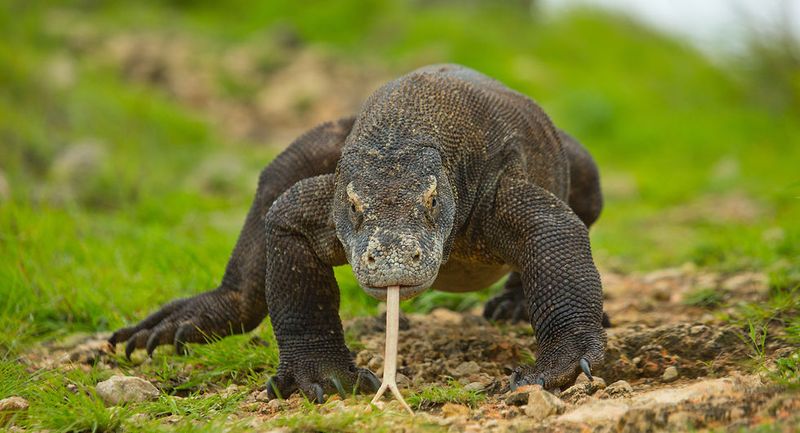
Armed with bacteria-laden saliva and recently discovered venom glands, these massive lizards are walking arsenals. One bite delivers a cocktail that prevents blood clotting while causing massive infection.
They’ll patiently follow wounded prey for miles, waiting for it to weaken. Growing up to 10 feet long with powerful claws, they reign supreme on their Indonesian island homes.
8. Crocodile
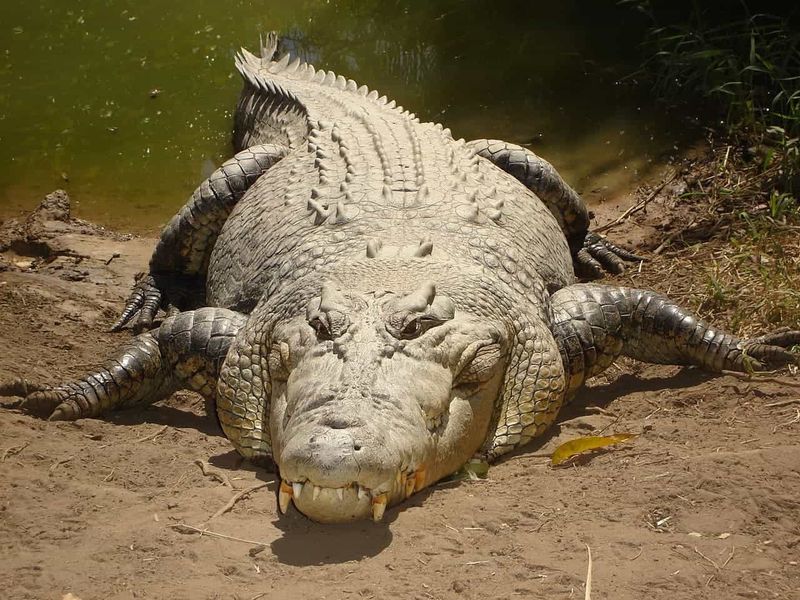
Surviving since dinosaur times, crocodiles perfected the art of ambush hunting. Their armored bodies withstand attacks while their bite force exceeds 3,700 pounds per square inch – strong enough to crush bones.
Adults fear nothing in the water. Their metabolism allows them to go months between meals, patiently waiting for the perfect moment to explode from the water with lightning speed.
9. Cape Buffalo
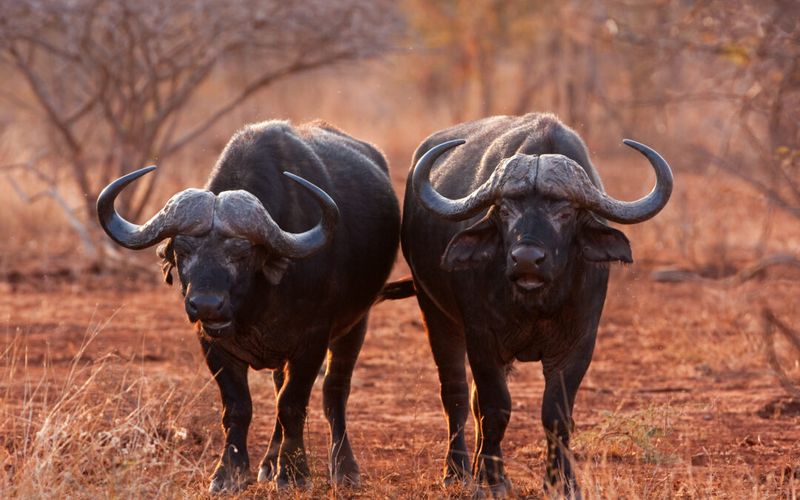
Known to African hunters as one of the continent’s most dangerous animals, Cape buffalo don’t run from predators – they counterattack. Their massive horns and 1,500-pound bodies make them formidable opponents for any lion pride.
When injured, they’ve been known to circle back and ambush their hunters. Herds respond collectively to threats, forming protective circles around vulnerable members.
10. Poison Dart Frog
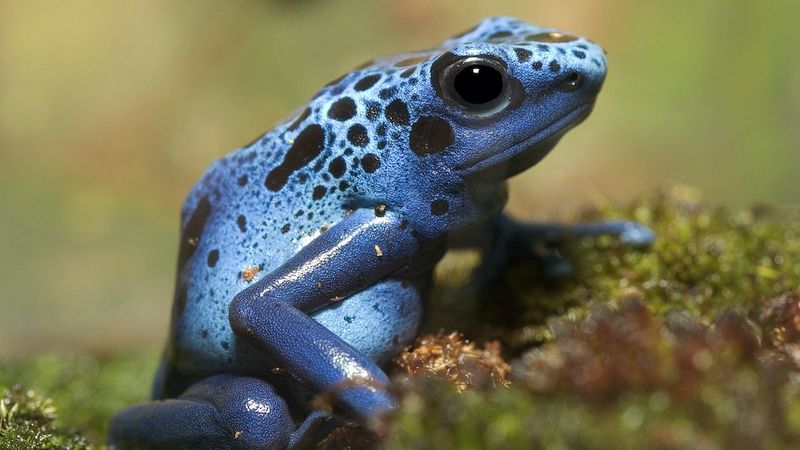
Dressed in warning colors of electric blue, yellow, and red, these thumbnail-sized frogs pack enough poison to kill ten grown men. One golden poison dart frog contains enough toxin to kill 20,000 mice!
Rather than hiding, they hop boldly in daylight, advertising their deadliness. Predators learn quickly to avoid these colorful amphibians or suffer potentially fatal consequences.
11. Cassowary
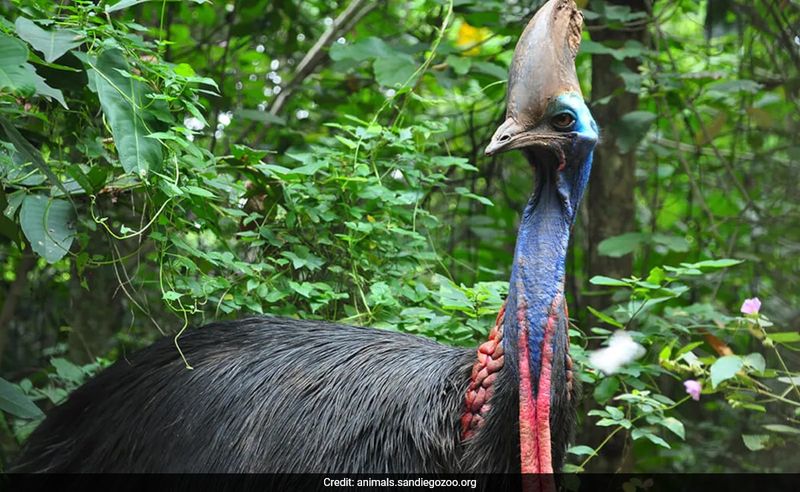
With dagger-like talons and powerful kicks that can disembowel predators, cassowaries deserve their reputation as the world’s most dangerous bird. Their distinctive helmet-like casque protects their heads during forest travel.
They’ve been known to kill humans with their powerful legs. Territorial and unpredictable, these flightless birds stand up to 6 feet tall and command respect throughout their rainforest homes.
12. Bullet Ant
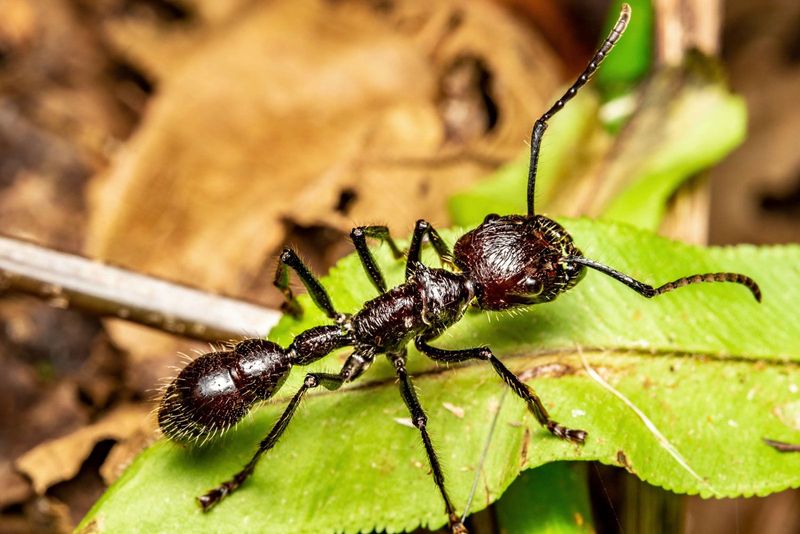
Wielding the most painful insect sting known to science, bullet ants got their name because their sting feels like being shot. The pain from a single sting can last 24 hours, described as “waves of burning, throbbing pain.”
Despite their small size, these ants move confidently through the rainforest floor. Their potent venom and coordinated colony defense mean few predators risk attacking them.
13. Meerkat
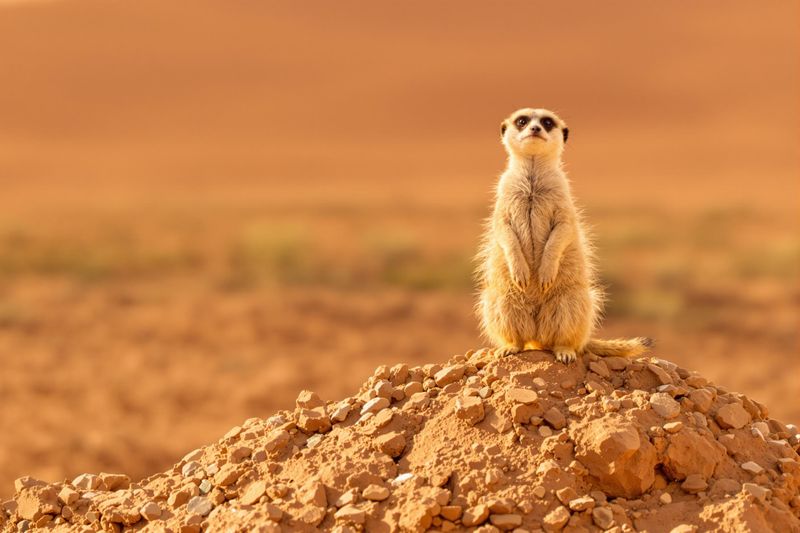
Unlike their fearless counterparts, meerkats survive through constant vigilance. These small desert dwellers take turns as lookouts, standing upright to scan for aerial predators like hawks and eagles.
Their complex warning system includes different calls for various threats. Underground burrows provide quick escape routes when danger approaches, showing that caution can be just as effective as confrontation.
14. Gazelle
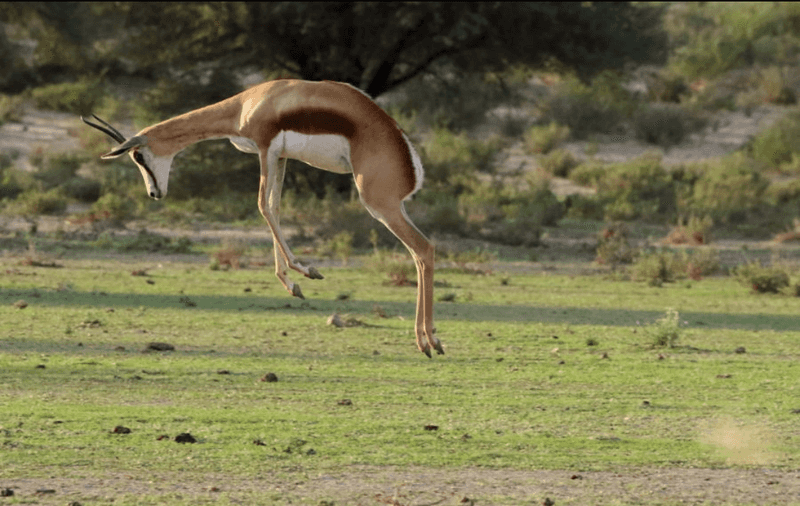
Masters of the stotting jump—a high, stiff-legged bounce—gazelles advertise their fitness to predators while keeping a safe distance. Rather than confrontation, they’ve evolved incredible speed and stamina, reaching 60 mph in bursts.
Their slender bodies allow quick direction changes to outmaneuver predators. Highly alert with excellent vision, they represent prey animals that survive through caution rather than confrontation.
15. Pangolin
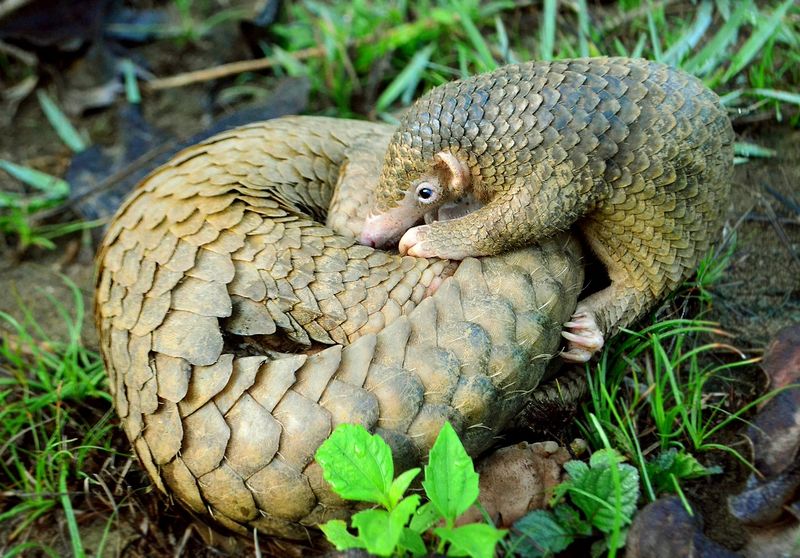
Covered in overlapping scales made of keratin—the same material as fingernails—pangolins can roll into an impenetrable ball when threatened. Despite this impressive defense, they remain cautious, primarily nocturnal creatures.
Their strong sense of smell helps detect predators early. When threatened, they release a skunk-like odor while curling up tight, showing that even well-protected animals can benefit from cautious behavior.

